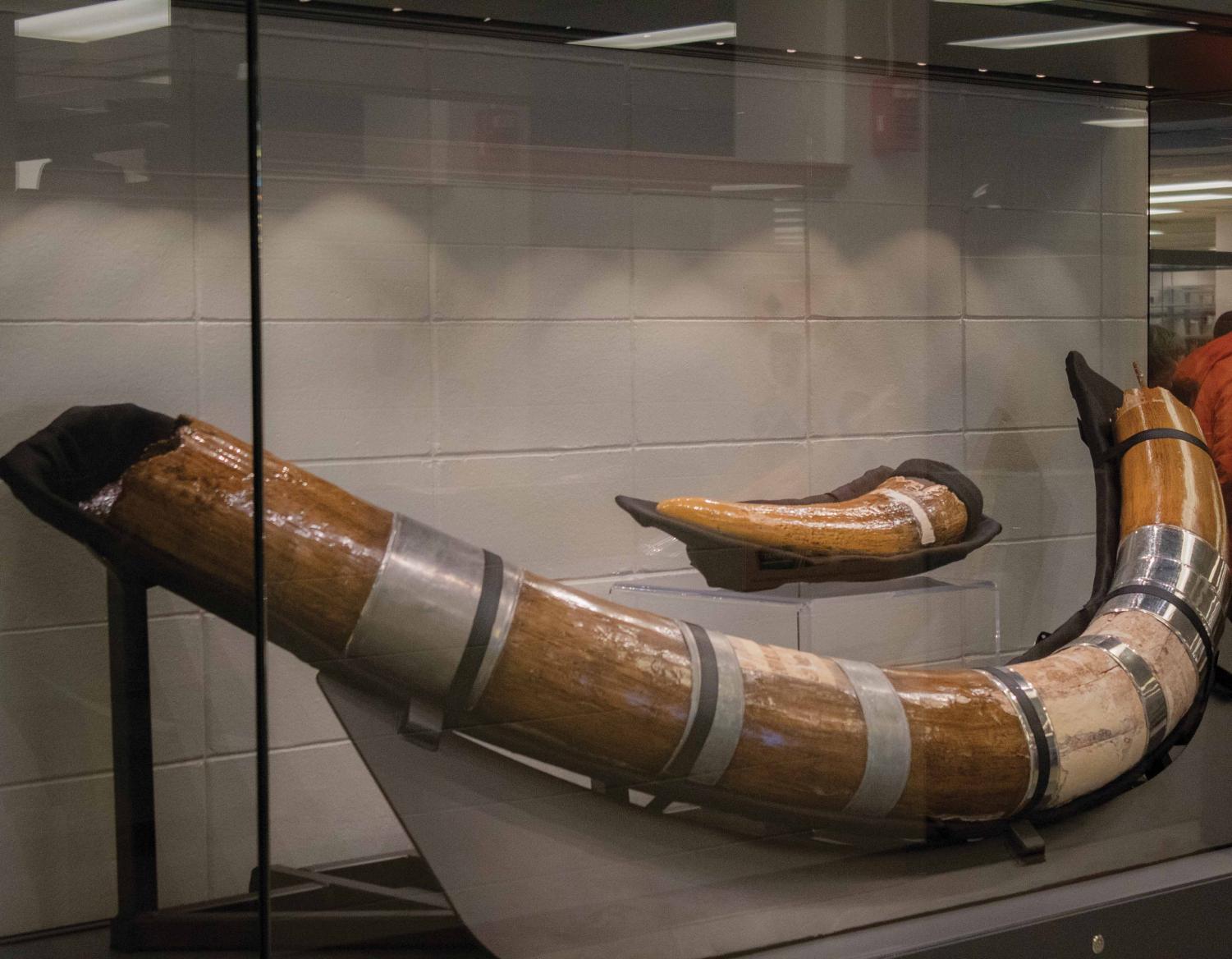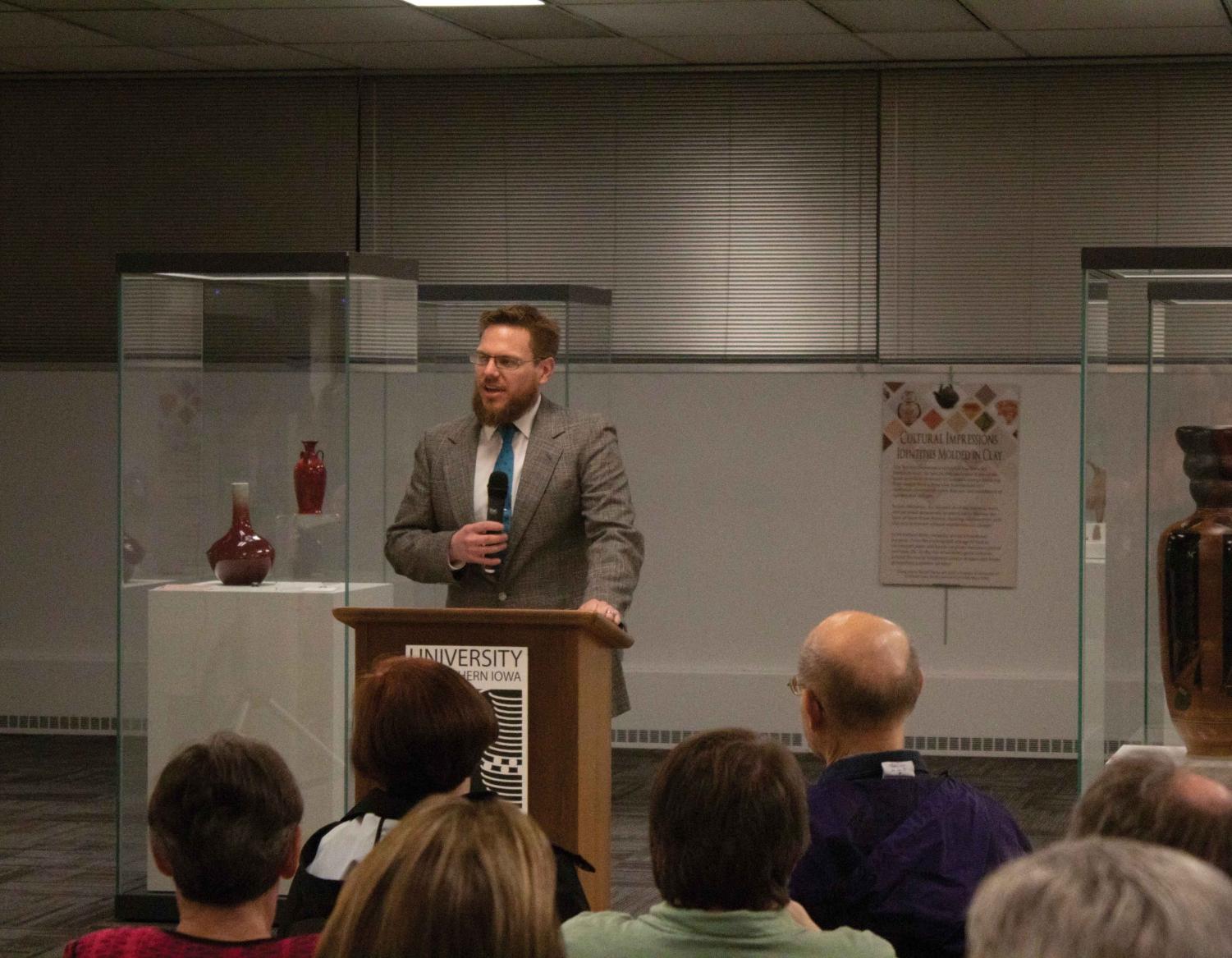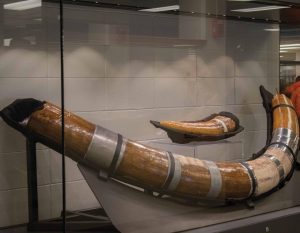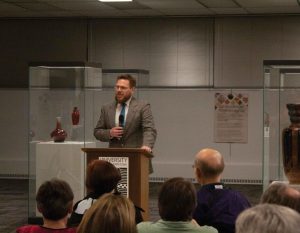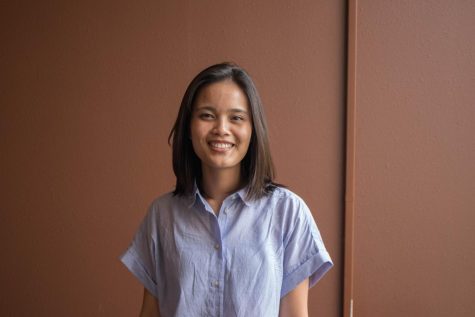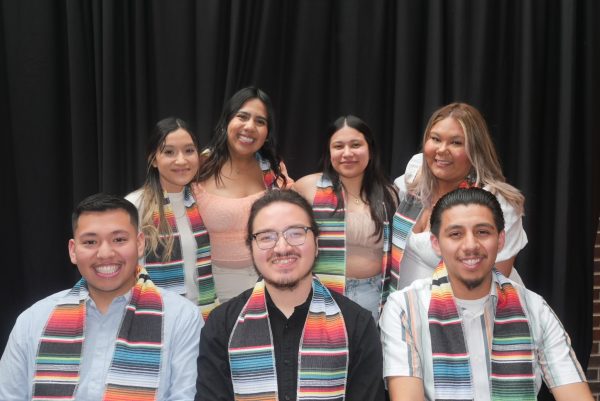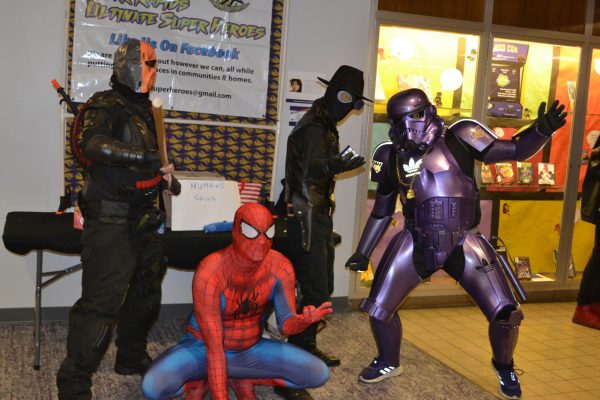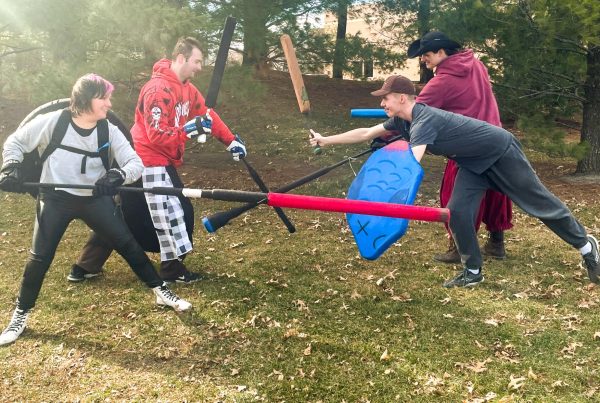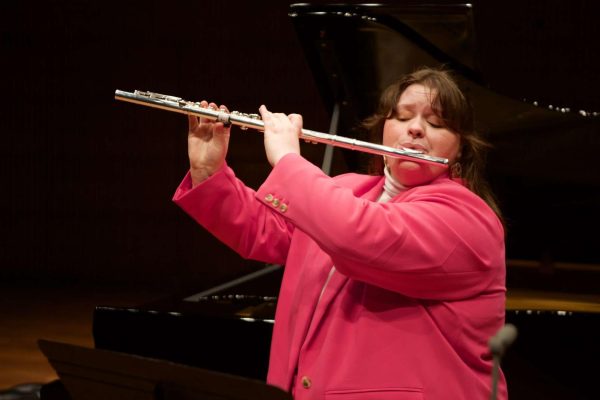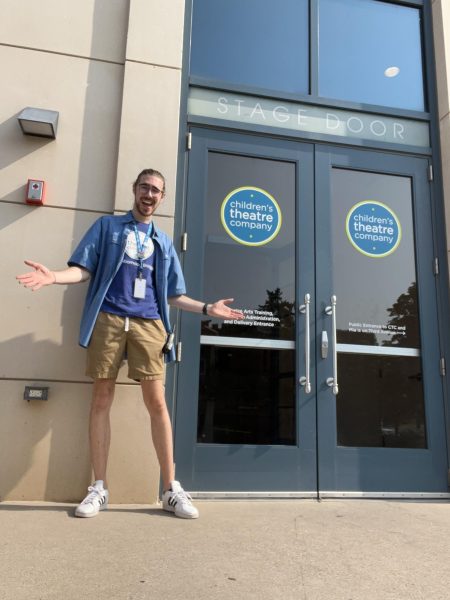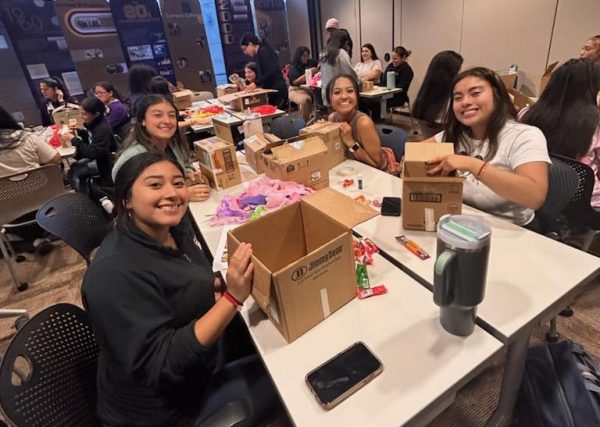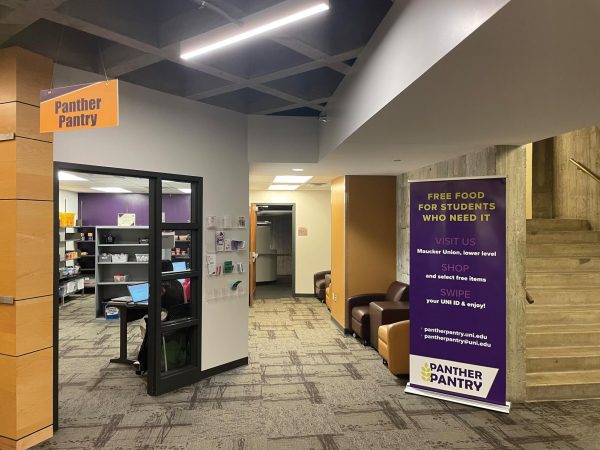UNI Museum unveils mastodon tusk
Apr 8, 2019
Nearly nine decades ago, a man in Hampton, Iowa was digging a gravel pit and struck something with his shovel. He discovered a 12-foot long, 600-pound mastodon tusk.
“It was really a big deal in the state and even bigger in the small town of Hampton,” said Nathan Arndt, UNI Museum’s assistant director and chief curator. “Reports say that this tusk was paraded by the people, that it was put on display in the rural school.”
“But unfortunately,” Arndt continued, “when they were doing this, it was broken into three pieces.”
Not knowing what to do with the tusk, the people of Hampton decided to donate it to the museum at the University of Northern Iowa.
Since the tusk’s acquisition in 1934, the UNI Museum has utilized various conservation methods for its care. In the last three years, the tusk has undergone changes in its state of preservation due to a heritage grant from the Roy J. Carver Charitable Trust.
At 4 p.m. on Wednesday, April 2, the UNI Museum’s new exhibit on the scientific study, conservation and interpretation of the American mastodon opened on the first floor of Rod Library.
The exhibit features the “Tusk Explorer,” an interactive digital display informing museum visitors about the facts and history of the American mastodon and the tusk. The tusk is displayed in a case across from the screen.
At 4:30 p.m., Arndt spoke about the story of the tusk and its preservation.
Arndt explained the various methods Dr. Emmett J. Cable and his staff had used in efforts to preserve the tusk during the early 20th century, including lead-based paint, various heavy varnishes and shellac.
By the time Cable and his team were finished with the tusk in the 1960s, Arndt said, some areas of the artifact had up to nine layers of preservation material.
In this state, the tusk remained untouched in the UNI museum’s possession until, in 2012, Arndt took the initiative to restore the object.
“In 2014, my staff and I started researching,” he said. “In 2015, we decided, ‘It’s time to do something. This is an important piece of Iowa history — it may not be the biggest in the world, but it is the biggest in Iowa.’ And we began thinking about […] how we could make this a great example for our students, for our community, find a way to make them involved in the process.”
Three years ago, the Roy J. Carver Charitable Trust donated $306,258 to fund the restoration initiative, which Arndt described as an effort to preserve the tusk as best they could due to the detrimental effects of the previous conservation efforts.
Students and curators alike collaborated with multiple departments within the university in the examination of the artifact.
Arndt added that funds from the Roy J. Carver Charitable Trust have also been used to create a Culture Lab, a space that allow students and non-students alike to utilize equipment for their own research. The Culture Lab is free of charge and includes X-Ray Fluorescence (XRF) technology, microscopes, and other conservation equipment in the UNI Museum.
UNI Provost Jim Wohlpart spoke next at the unveiling event, also emphasizing the theme of collaboration throughout the tusk project.
“This project has provided a unique opportunity for something that we do really well at the University of Northern Iowa, and that is collaborative work across many departments and many areas,” Wohlpart said. “Projects like this help promote the importance of objects and the stories that they tell.”
Wohlpart highlighted that the current understanding of the tusk was only possible thanks to conservation methods developed and piloted on UNI’s campus.
Next, the crowd heard from Kate Martin, interim dean of Rod Library. Martin discussed the value of a museum being associated with an academic library.
“The types of resources made available by a museum and a library are complementary in nature,” Martin said. “They share a common purpose: to acquire, organize, preserve and present what has been termed the cultural and scientific heritage of society. They provide access to the memories of people, communities, institutions and individuals.”
Arndt estimates that work on the tusk project will continue for another two years. The tusk is on display in the UNI Museum on the first floor of the Rod Library.


